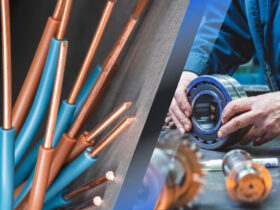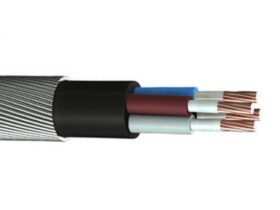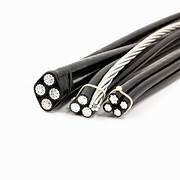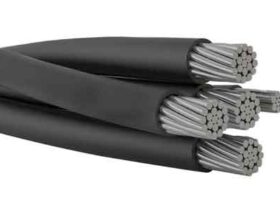Title: How to Lay LT Aerial Bunch Cables: A Step-by-Step Guide
Introduction
- Briefly explain the purpose and benefits of LT Aerial Bunch Cables
- Highlight the importance of proper installation for optimal performance and safety
Section 1: Understanding LT Aerial Bunch Cables
1.1 Overview of LT Aerial Bunch Cables
- Definition and purpose
- Advantages over traditional underground cables
1.2 Benefits and Applications
- Cost-effectiveness
- Ease of installation and maintenance
- Applications in urban and rural areas
1.3 Components of LT Aerial Bunch Cables
- Messenger wire
- Insulated conductors
- Supporting hardware
Section 2: Preparing for Cable Installation
2.1 Cable Route Planning
- Surveying the area
- Identifying suitable pole locations
2.2 Acquiring Necessary Permissions and Clearances
- Understanding regulatory requirements
- Obtaining permits and approvals
2.3 Gathering Tools and Equipment
- List and description of required tools
- Safety equipment and protective gear
Section 3: Materials and Tools Required
3.1 LT Aerial Bunch Cables
- Types of cables available
- Selection based on application and specifications
3.2 Supporting Hardware
- Clamps, suspension clamps, and brackets
- Insulation piercing connectors
- Anchoring devices
3.3 Installation Tools and Equipment
- Cable pullers and tensioning equipment
- Insulation stripping tools
- Pole climbers and safety harnesses
Section 4: Installation Process
4.1 Step 1: Pole Inspection and Preparation
- Assessing pole condition
- Reinforcement or replacement if necessary
4.2 Step 2: Installing the Messenger Wire
- Determining the appropriate tension
- Proper attachment to poles
4.3 Step 3: Installing Insulated Conductors
- Proper conductor selection
- Techniques for attaching conductors to the messenger wire
4.4 Step 4: Spacing and Fixing the Conductors
- Maintaining correct spacing between conductors
- Use of spacers and clamps
4.5 Step 5: Terminating the Conductors
- Stripping insulation and connecting conductors
- Proper use of insulation piercing connectors
4.6 Step 6: Installing Supporting Hardware
- Mounting clamps and brackets
- Ensuring secure and stable connections
4.7 Step 7: Tensioning the Cables
- Techniques for achieving proper tension
- Adjustments and fine-tuning
4.8 Step 8: Final Inspection and Testing
- Visual inspection for proper installation
- Conducting electrical tests and measurements
Section 5: Safety Considerations
5.1 Personal Protective Equipment (PPE)
- Essential safety gear for working at heights
- Importance of proper PPE usage
5.2 Working at Heights
- Safe climbing and descending techniques
- Preventing falls and ensuring stability
5.3 Dealing with Electrical Hazards
- Proper grounding procedures
- Identifying and addressing potential electrical risks
Conclusion
- Recap the importance of proper installation for LT Aerial Bunch Cables
- Emphasize the need for adherence to safety guidelines and regulations












Leave a Reply